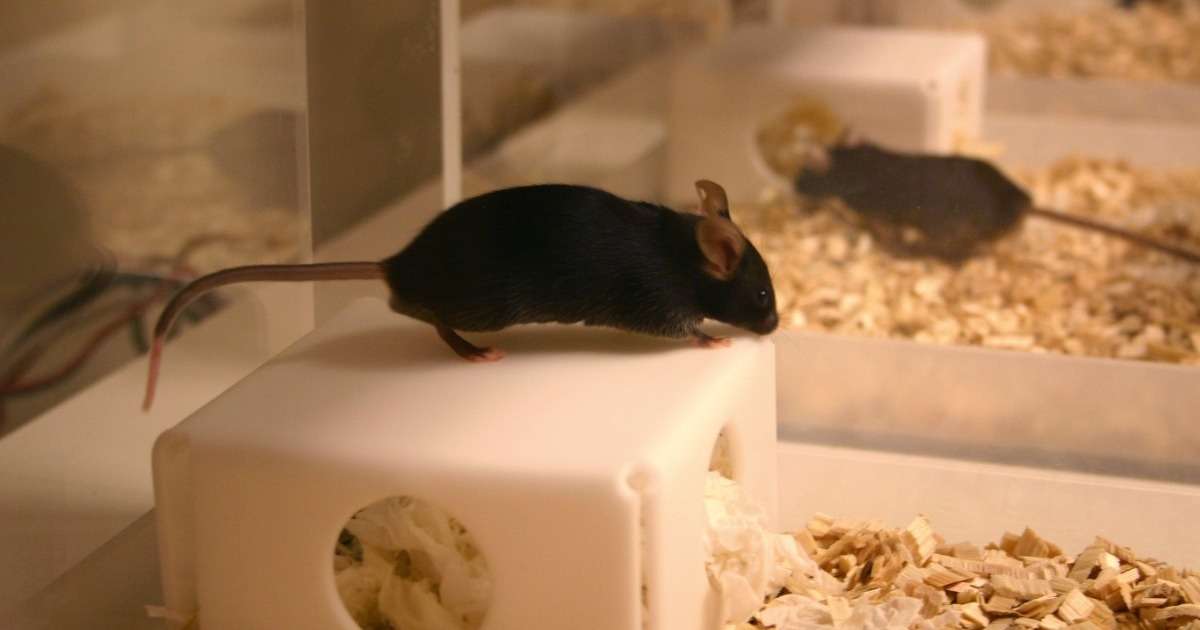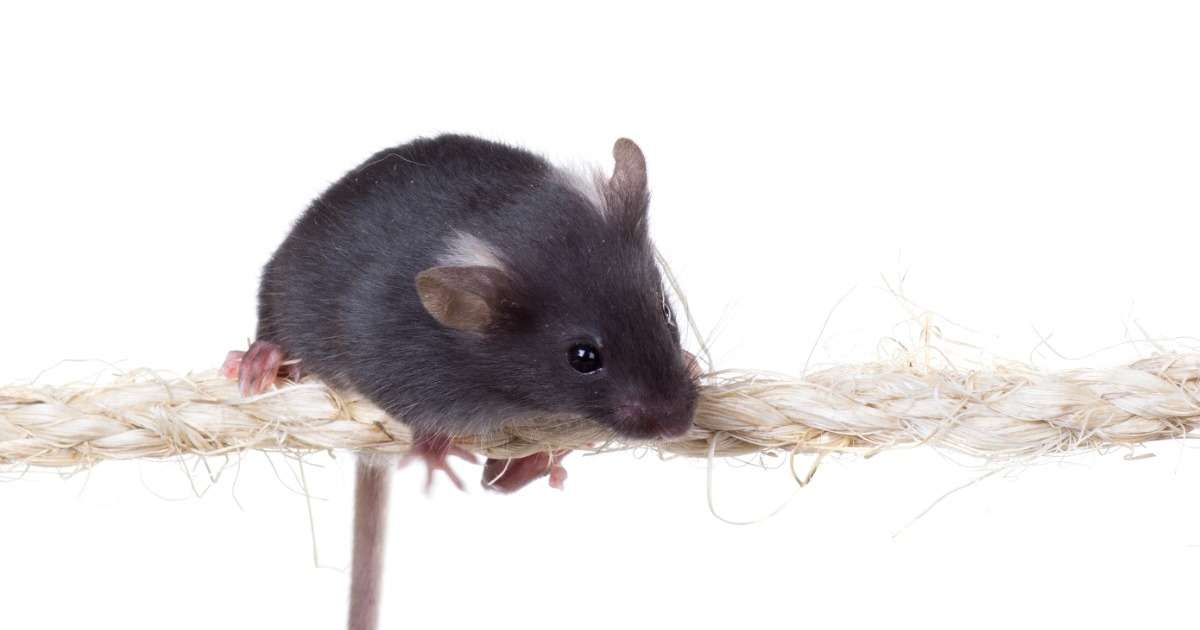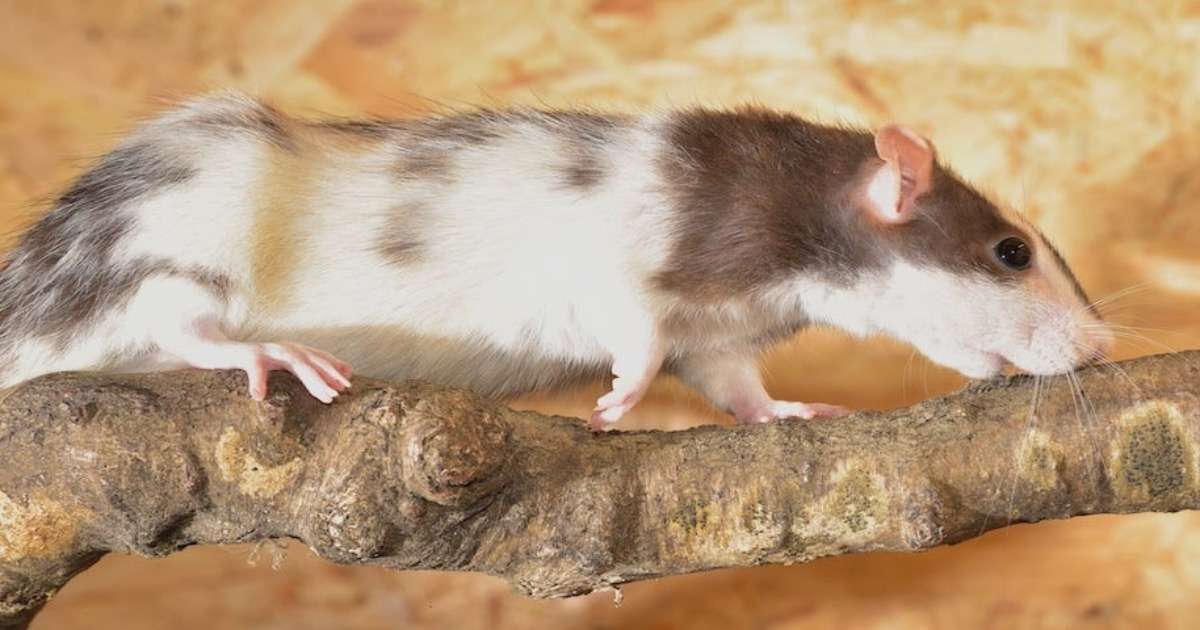Filter on
human behavior research categories

UX / Neuroscience lab in the spotlight
After a successful launch in June 2019, the LabUX team has been designated the innovation of the year for the digital transformation at Desjardins.

Researching comorbidity in patients with autism spectrum disorder
Patients with autistic spectrum disorder also tend to have other disorders like epilepsy. Why is that and how can understanding that help us understand autism?

Organized chaos or well-oiled machine? Optimizing safety & efficiency in an OR
Dr. Joseph and her team searched for solutions to minimize flow disruptions in Operating Rooms and make them as safe and efficient as possible.

STAY AT HOME!
What is the best way to communicate an important message such as 'Stay at home'? The research team of Mauri compared the emotional reactions to three short videos containing this message using FaceReader.

Improve the interaction between parent and child with autism
Children with ASD are three times as likely to exhibit disruptive behavior as their typically developing peers. Can PCIT help coping with behaviors such as defiance, stubbornness, and temper tantrums?

Cognitive neuroscience: Behavior
We are in a pandemic where most of us are forced to change our daily behavior. Fortunately, we have our neocortex: it gives us considerable flexibility and creativity in adapting to a changing environment.

The role of emotional expressions after face transplant
“Would undergoing a face transplant have any value to it if somebody across the room couldn’t tell you were happy by just looking at you?”

4 recent blog posts about understanding autism spectrum disorder
Our understanding of autism spectrum disorder (ASD) has developed a great deal over recent years, but there is still much work to be done.

Four ways to study visitor behavior
Museums, zoos, theme parks, and aquariums all observe the behavior of their visitors in order to find the best ways to entertain and educate.

Consumer behavior research in the spotlight: consumption behavior
Why do we drink less when watching gut-wrenching movies? How does exposure to moral violations influence consumption?
Filter on
animal behavior research categories

Non-invasive home cage testing of epilepsy in mice
Epilepsy is more than seizures; behavioral changes that occur in between seizures are rarely assessed. A new home cage study from the Baylor College of Medicine aims to change this.

Traumatic Brain Injury: effects on the brain and motor coordination
Do you think of wearing a helmet while skiing, cycling or horseback riding? Read more about how the brain is affected after the head injury and how you can examine locomotion in a mouse model with TBI.

How does heat stress affect the health and welfare of dairy cows?
When environmental temperatures rise, livestock animals, such as dairy cows, are vulnerable to heat stress. Researchers Polsky and von Keyserlingk reviewed how heat stress affects animal productivity, health, and welfare.

Testing motor coordination in a mouse model with muscular dystrophy
Muscular Dystrophy is a broad group of diseases recognized by the loss of muscle mass and strenght. Researchers tried to discover if gene therapy strategies can help with reducing symptoms.

Decreased learning abilities in diabetic rats: Silymarin to the rescue
Silymarin is a substance that works as an antioxidant, is anti-inflammatory and increases BDNF levels. After supplementing silymarin to diabetic rats, typical diabetes symptoms were greatly improved.

Can caffeine prevent Alzheimer's?
What is the most popular drug in the world? It’s not alcohol, cannabis, or cocaine, but something most of us start with each day. Coffee; or, more specifically: caffeine.

Depressed with a failing reward system: social stress disrupts brain waves
Chronic social stress has a huge impact on well-being. Gamma oscillations have been found to be an electrophysiological link between social stress and reward processing.

User Meeting: exploring external data integration
A few months ago, we organized our very first User Meeting about EthoVision XT and external data integration! The meeting included interesting talks, discussions, and demonstrations with a diverse group of participants.

LIFESTART project
The importance of good nutrition for human babies is well known. But what about young animals?

Is a unique calcium regulating mechanism a cause of Gulf War Illness?
Gulf War Illness (GWI) is potentially caused by organophosphate exposure. Through behavioral experiments, using a DFP rat model, researchers tested levetiracetam as a potential cure.
